Publications
Wesley Porter
http://extension.uga.edu/publications/detail.html?number=C1337
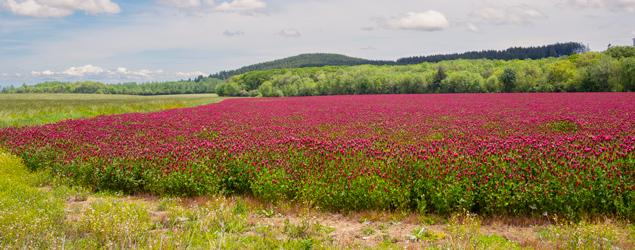 Lisa Baxter
http://extension.uga.edu/publications/detail.html?number=B1583
Lisa Baxter
http://extension.uga.edu/publications/detail.html?number=B1583
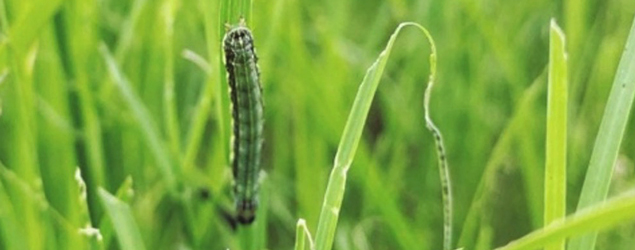 Jason Lessl
http://extension.uga.edu/publications/detail.html?number=B1353
Jason Lessl
http://extension.uga.edu/publications/detail.html?number=B1249
Ping Yu
http://extension.uga.edu/publications/detail.html?number=C1353
Shimat Joseph
http://extension.uga.edu/publications/detail.html?number=C1127
Jason Lessl
http://extension.uga.edu/publications/detail.html?number=B1353
Jason Lessl
http://extension.uga.edu/publications/detail.html?number=B1249
Ping Yu
http://extension.uga.edu/publications/detail.html?number=C1353
Shimat Joseph
http://extension.uga.edu/publications/detail.html?number=C1127
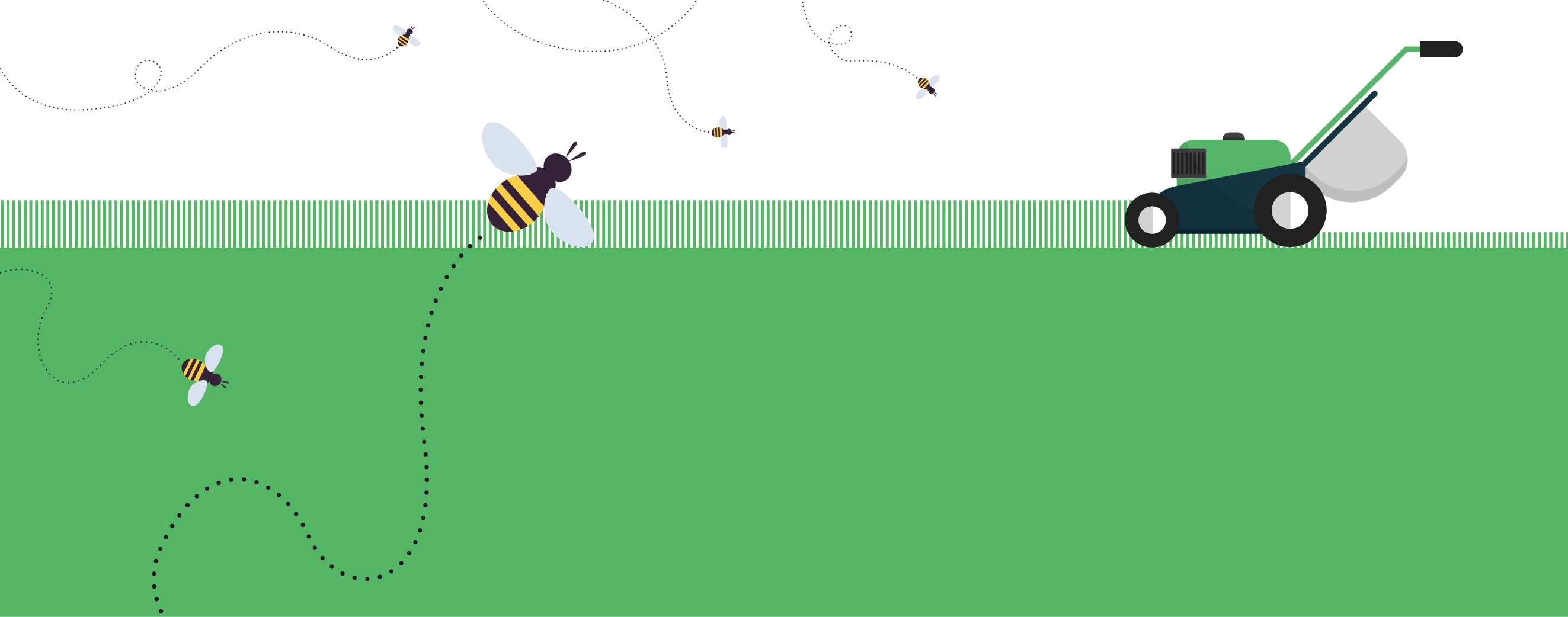 Uttam Saha
http://extension.uga.edu/publications/detail.html?number=B1523
Uttam Saha
http://extension.uga.edu/publications/detail.html?number=B1542
Uttam Saha
http://extension.uga.edu/publications/detail.html?number=B1523
Uttam Saha
http://extension.uga.edu/publications/detail.html?number=B1542
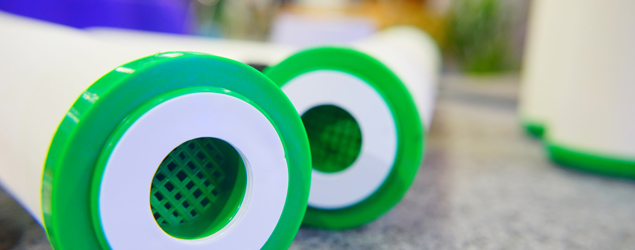 Uttam Saha
http://extension.uga.edu/publications/detail.html?number=B1563
Uttam Saha
http://extension.uga.edu/publications/detail.html?number=B1563
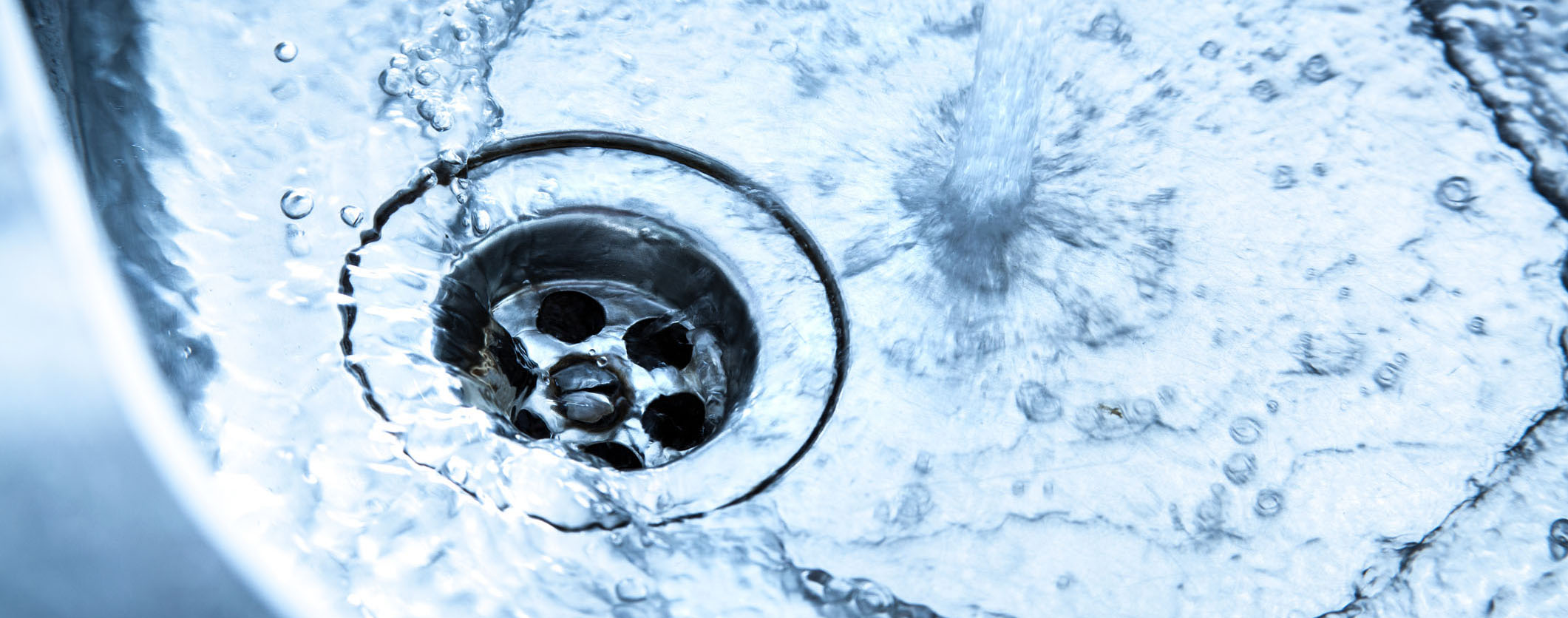 Uttam Saha
http://extension.uga.edu/publications/detail.html?number=B1487
Uttam Saha
http://extension.uga.edu/publications/detail.html?number=B1487
See More Publications

Row Crop Sustainability in the Southeast: A Tool to Measure & Improve On-Farm Sustainability
(C 1337)
There are many ways to define what it means to be sustainable. There is increased demand for agricultural production transparency to ensure that food and fiber products are being produced sustainably. To this end, Field to Market: Alliance for Sustainable Agriculture has developed the Fieldprint Calculator through the Fieldprint Platform to help farmers of major commodity crops measure their on-farm sustainability by entering in their yearly management practices. This Extension publication defines sustainability, describes the use of the Fieldprint Calculator, and explains how growers can use this program to measure sustainable progress made on their farms. This publication was produced in collaboration with the University of Tennessee and Field to Market.

Fall Armyworm Management in Pastures and Hayfields
(B 1583)
Fall armyworms can quickly decimate a field of any forage crop or pasture, often eating higher quality forage first. Growers and farmers can face severe economic damage and total forage loss. Anyone growing forage or pasture used to feed livestock can use this publication to find answers to the most common questions about fall armyworm in Georgia pastures and hayfields.
Metal Concentration Standards for Land Application of Biosolids and Other By-Products in Georgia
(B 1353)
This bulletin provides the general public a quick reference for some commonly used standards for metal concentrations in biosolids and various by-products intended for land application. Most of the standards presented here are regulatory; however, we have also included information on average metal concentrations in agricultural soils.
Land Application of Pulp Mill Lime Mud
(B 1249)
Lime mud is a by-product produced in pulp mills as part of the process that turns wood chips into pulp for paper. The pulp mill cooks wood chips with sodium hydroxide to extract the wood fiber used to make paper from the lignin that binds the wood together. During this process, sodium hydroxide is converted to sodium carbonate. The pulp mill than adds calcium oxide, also known as quicklime, to convert the sodium carbonate back to sodium hydroxide in order to use it again. In the process, calcium carbonate is formed.
Hurricane and Storm Damage to Greenhouses and Greenhouse Crops
(C 1353)
Hurricanes can cause severe damage to greenhouse structures and crops, both directly and indirectly. Strong winds, heavy rains, and flooding not only impact physical infrastructure, but also damage crops through exposure to extreme conditions. Additionally, disruptions to water, electricity, and logistics complicate production efforts.
This publication outlines common types of hurricane damage in greenhouses and provides recommendations on how growers can minimize the impact of such storms.

Management of Turfgrass Insect Pests and Pollinator Protection
(C 1127)
Turfgrass is an important component of many landscapes. Research has shown that landscapes support diverse, abundant, and intact bee communities in New York, California, and Ohio. In fact, the abundance and diversity of bees visiting home landscapes have been observed to approach, and even exceed, numbers in nearby natural and/or agricultural systems. If the turfgrass has been treated or is being treated with insecticides, the pollinators can be exposed directly or indirectly to the insecticides on the weeds. This can cause lethal or sublethal effects on these pollinators. The guidelines in this publication will reduce insecticide exposure to pollinators as they seek nectar and pollen from plants around lawns.
Mechanical Filtration Methods and Devices
(B 1523)
Mechanical filtration removes suspended solids and dirt to greatly improve the clarity of water. Various kinds of mechanical filtration methods and devices are available for home water treatments. Primarily, the size of the suspended solids will determine the appropriate type of mechanical filtration device suitable for your unique situation. Consumers interested in filtration devices should discuss the advantages and disadvantages of various available options with a water treatment professional. This publication discusses the various aspects of mechanical filtration.

Activated Carbon Water Filtration Devices
(B 1542)
Activated carbon, also called activated charcoal, is usually produced from charcoal in granular or powdered form. It is a form of carbon that has been processed (activated) to make it highly porous, with a very large surface area available for physical adsorption or chemical reactions. Among others, water treatment is an important application of activated carbon. Activated carbon filters treat general taste and odor problems, including chlorine residue, various organic chemicals, and the radioactive gas radon. This publication discusses various types of activated carbon water treatment systems, their usefulness and limitations, along with required maintenance.

Oxidizing Filters
(B 1563)
Private well waters often contain high levels of iron, manganese, and hydrogen-sulfide. While these contaminants are not considered to have any human health consequences, they can cause various issues such as staining, impaired taste, and odor problems once their concentration exceeds certain levels, and homeowners need an appropriate system to remove them—such as an oxidizing filter. Oxidizing filters operate using oxidation, which occurs when a substance comes into contact with oxygen or another oxidizing substance. Everyday examples of oxidation are rust and the brown color that develops on a cut apple. This publication discusses various aspects of oxidizing filtration technique such as applicability, types of filter media, maintenance, etc.
Water Disinfection Methods and Devices
(B 1487)
Pathogens in household waters pose a serious threat to human health. The CDC has recorded many drinking water microbial-associated disease outbreaks in the U.S., causing illness, hospitalization, and even death. To protect human health, disinfection is considered important in most water treatment systems. This publication provides necessary information on the various disinfection options for household water as well as important points to consider before buying disinfection equipment.
